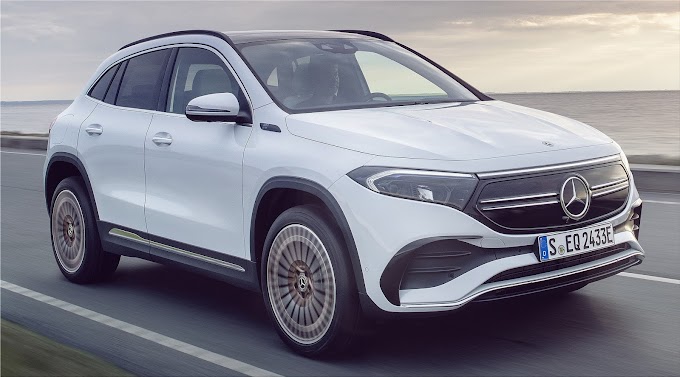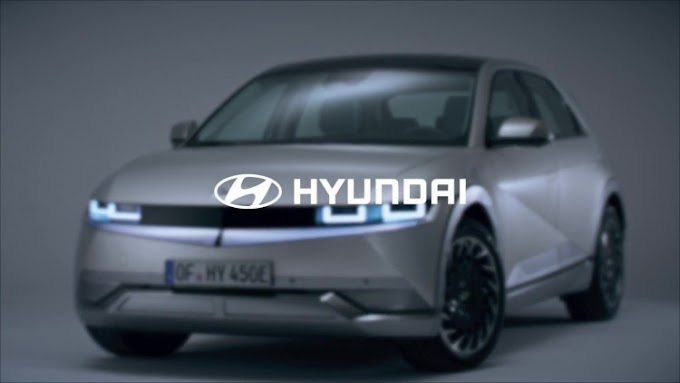Stellantis presented its software strategy for deploying next-generation technology platforms built on existing networked vehicle functions. As a result, customers' interaction with their vehicles is raised to a new level. As a result, an additional annual turnover of around 20 billion euros will be achieved by 2030.
This transformation will transfer Stellantis vehicles from today's electronic architectures to an open software-defined platform that fits seamlessly into the digital life of customers. In addition, it significantly expands the options for customers to add innovative functions and services via regular over-the-air updates (OTA). In this way, the vehicles remain fresh, exciting, and always up to date for years after their production.
"Our electrification and software strategies will support our transition to becoming a leading sustainable mobility technology company. We take advantage of the business growth associated with over-the-air functions and services and offer our customers the best experience," said Stellantis CEO Carlos Tavares. "With the three brand new AI-based technology platforms coming onto the market in 2024 and being made available on the four STLA vehicle platforms, we will use the speed and agility associated with the decoupling of hardware and software cycles."
Stellantis plans to invest more than 30 billion euros by 2025 to implement its software and electrification transformation.
Stellantis' software strategy goes hand in hand with the electrification of the company's vehicle portfolio, which was presented in detail at EV Day in July 2021. The goal is to have more than 70 percent of vehicle sales in Europe and more than 40 percent of vehicle sales in the US by 2030. The main target will be electric cars sales. In addition, each of the company's 14 iconic brands is committed to providing world-class, fully electrified solutions.
In addition to the foundation of Mobile Drive planned for December 31, 2021, the new non-binding letter of intent signed with Foxconn aims to develop a family of specially designed microcontrollers to support Stellantis and third-party customers. As part of the partnership, four chip families are to be developed that cover over 80 percent of the company's microcontroller requirements and thus contribute to a considerable simplification of the supply chain. The introduction and installation of Stellantis vehicles are targeted by 2024.
Stellantis also continues its projects with Waymo. The hybrid versions of the Chrysler Pacifica equipped with the Waymo Driver made thousands of fully autonomous trips in Phoenix, USA. Stellantis and Waymo have now expanded their partnership to include local delivery services. Building on Stellantis' leadership in light commercial vehicles and investments in electrification, the partners are collaborating on workflows focusing on commercial development. Engineering teams will work on Stellantis prototypes in 2022.
Today Stellantis has over 12 million monetizable connected cars worldwide. By 2026, this number is expected to grow to 26 million vehicles and generate around 4 billion euros in sales. Further growth to 34 million vehicles and around 20 billion euros in annual sales will be achieved by 2030. The first five years of the vehicle's life are defined as monetizable.
Stellantis will leverage its data collection capabilities and launch a usage-based insurance program in 2022, offered in Europe and North America through its financing units. Worldwide expansion is planned.
The three new technology platforms introduced in 2024 will be used extensively in the Stellantis vehicle platforms over the next two years.
The heart of the transformation to customer-centered services is the new electrics/electronics (E / E) and software architecture STLA Brain.
The STLA Brain is fully OTA-capable, and it is very flexible compared. STLA Brain is a service-oriented architecture fully integrated into the cloud and connects electronic control units in the vehicle to the vehicle's central high-performance computer via a high-speed data bus. It breaks the current connection between hardware and software generations. It enables software developers to create and update functions and services quickly without waiting for a new hardware introduction. These OTA updates drastically reduce costs for both customers and Stellantis, simplify maintenance for the user, and support the vehicle's residual value.
The STLA SmartCockpit, based on STLA Brain, can be seamlessly integrated into the vehicle occupants' digital life to create a customizable third living space. Studies show that customers spend an average of four years of their life in their vehicles, and the trend is rising. STLA SmartCockpit, operated by the Mobile Drive joint venture between Stellantis and Foxconn, offers AI-based applications such as navigation, voice support, e-commerce marketplaces, and payment services.
The STLA AutoDrive platform, which is being developed in cooperation with BMW, will offer the autonomous driving functions L2, L2 +, and L3 and continuously update through OTA updates.
With software and on-demand functions, Stellantis offers its customers the option of adapting their vehicles to individual needs and wishes through OTA updates. This further enhances the unique qualities of the various Stellantis brands and strengthens the bond between the car and the driver.
So far this year, Stellantis has provided more than 6 million over-the-air updates to its vehicles. The aim is to offer at least quarterly updates by 2026.
Today, the connected vehicles from Stellantis provide more than three trillion data points and generate realizable knowledge in real-time. Stellantis engineers use this information to shorten the loop of continuous vehicle improvement, improve customer satisfaction and, at the same time, generate 1.1 billion euros in efficiency gains by 2030.
Stellantis' brands focus on using software to the most significant possible benefit for their customers - just as their respective brand promises express. @via EV stories and Stellantis.










